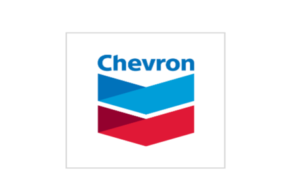Energy Transfer LP (NYSE: ET) (“Energy Transfer”) and Crestwood Equity Partners LP (NYSE: CEQP) (“Crestwood”) announced today that the parties have entered into a definitive merger agreement pursuant to which Energy Transfer will acquire Crestwood in an all-equity transaction valued at approximately $7.1 billion, including the assumption of $3.3 billion of debt, based on the closing price on August 15, 2023.
Data Download
Crestwood Equity List of Texas Facilities
Midstream & Oil Companies that own facilities in Texas
Complete list of companies in the oil & gas industry that own oil & gas facilities
Under the terms of the agreement, Crestwood common unitholders will receive 2.07 Energy Transfer common units for each Crestwood common unit. The transaction is expected to close in the fourth quarter of 2023, subject to the approval of Crestwood’s unitholders, regulatory approvals, and other customary closing conditions. Upon closing, Crestwood common unitholders are expected to own approximately 6.5% of Energy Transfer’s outstanding common units.
Complementary Assets
Crestwood’s system includes gathering and processing assets located in the Williston, Delaware and Powder River basins, including approximately 2.0 billion cubic feet per day of gas gathering capacity, 1.4 billion cubic feet per day of gas processing capacity and 340 thousand barrels per day of crude gathering capacity. If consummated, this transaction would extend Energy Transfer’s position in the value chain deeper into the Williston and Delaware basins while also providing entry into the Powder River basin. These assets are expected to complement Energy Transfer’s downstream fractionation capacity at Mont Belvieu, as well as its hydrocarbon export capabilities from both its Nederland Terminal in Texas and the Marcus Hook Terminal in Philadelphia, Pennsylvania.
This transaction is also expected to provide benefits to Energy Transfer’s NGL & Refined Products and Crude Oil businesses with the addition of strategically located storage and terminal assets, including approximately 10 million barrels of storage capacity, as well as trucking and rail terminals. These systems are anchored by predominantly investment-grade producer customers with firm, long-term contracts, and significant acreage dedications.
Energy News











